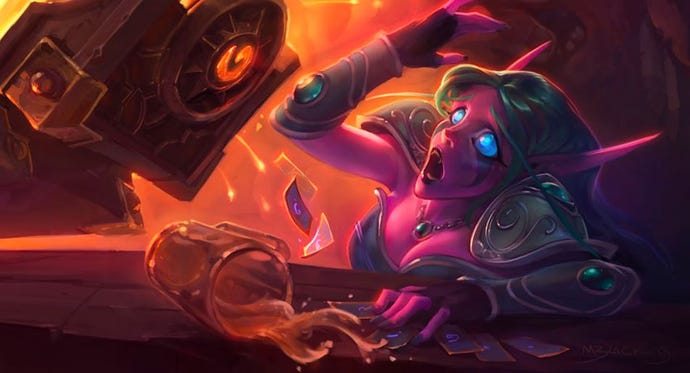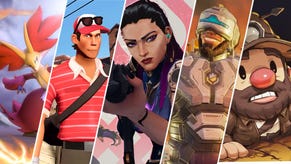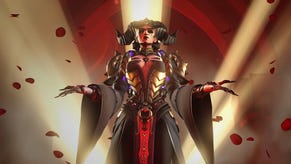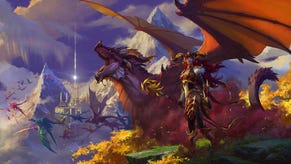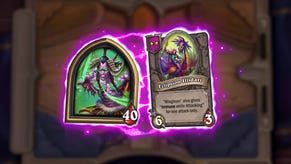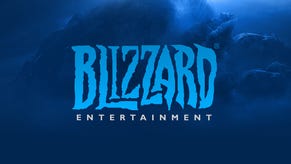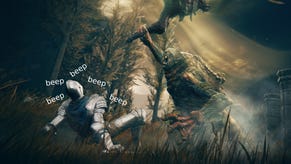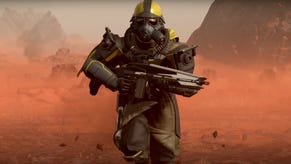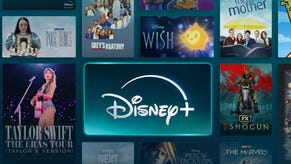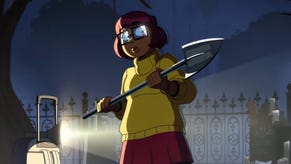Deck aggregation is hurting the Hearthstone community
For better or worse, almost every competitive deck in Hearthstone is online. Netdecking is one of Blizzard's biggest problems, says Dillon Skiffington.
"Players new and old all have heroes that go largely unplayed. For many, rather than try and find a formula that works for them, it’s quicker and much easier to go online and try to emulate a successful deck."
Over the entire course of May, which at the time of writing is 26 days, roughly 25 percent of the Hearthstone matches I’ve played have been against a Warlock. Whether it be Handlock, Zoolock, or Midrange Demon Zoo, I can guarantee you one thing: chances are the exact deck I faced can be found right here.
Seems unusual right? Well not so much. More than a year after the game’s release, the Hearthstone community has had a long time to figure out exactly what it wants. As Blizzard began to release the first downloadable content for the game, it became abundantly clear that people wanted to be able to find the most competitive and popular decks.
The term “netdecking” refers to the act of going online to find an established decklist (usually from an aggregation website or Twitch stream), copying that deck to the best of your ability, and utilizing it in constructed play. It’s not a new concept, one that has been around since the dawn of the Internet as Magic: The Gathering frequenters quickly learned of its benefits.
For Blizzard’s Hearthstone: Heroes of Warcraft, this situation has quickly been accelerated thanks to the game’s quest system, which frequently rewards people for winning games with different classes. Players new and old all have heroes that go largely unplayed. For many, rather than try and find a formula that works for them, it’s quicker and much easier to just go online and try to emulate a successful deck.
This effects the game rather drastically. Many casual players look at it as being unoriginal but with so many websites like HearthstoneTopDecks, HearthPwn, and Tempo/Storm that aggregate skilled players’ decks, it’s hard not to be influenced by the fact that these exist.
Because of this though, many are inexperienced at actually crafting their own decks. When you start moving up the Ranked Hearthstone ladder, it becomes about tuning your decks against those that you encounter, rather than just making one that is strong overall. But knowing how to play your deck and actually building one are two completely different skills.
It’s also changed how professional players prepare for high stakes tournaments. There’s a balance between playing what’s good versus preparing something that counters the best decks. And thanks to these sites, they know exactly what everyone has been playing recently.
Many looked for answers as the Grim Patron Warrior came to dominate the game. Handlock, which had all but faded from public memory, quickly surged back to relevance thanks to certain key cards in its arsenal. As more players start to use Handlock to counter that Warrior deck, more will begin readying decks to beat Handlock as well. It’s a circular trend that slowly but surely causes the meta game to evolve.
This gradual evolution is remarkably boring for eSports observers especially considering that it’s rare to see any quick changes unless an expansion or adventure was recently released. Adventures, unlike expansions, aren’t released all at once. Instead they are spaced out over a span of five weeks and with each one comes a group of cards that ever so slightly (and sometimes radically) shift the meta. Commentators and fans alike tend to agree that this is when the game is most exciting to watch.
And while some players insist that netdecking is completely harmless, there are a plethora of drawbacks. Unlike Magic: The Gathering, the problem is exasperated because of the much smaller card base and the fact that Hearthstone can be entirely free-to-play. With MTG there’s a barrier to simply making the best deck and that’s the cost of buying all of the cards. But considering how many of Hearthstone’s best cards are available at little to no price, it’s easy to see why the meta quickly grows stale.
"The problem is exasperated because of the small card base and the fact that Hearthstone can be entirely free-to-play. Considering how many of Hearthstone’s best cards are available at little to no price, it’s easy to see why the meta quickly grows stale."
Immediately following a DLC release there’s a sort of feeling out among the community. Everyone has differing experiences and opinions, but as testing goes on, people quickly find out what does and doesn’t work. This sort of deck optimization, while fun, is happening faster and faster as the game grows in popularity. It took months for the waves from Curse of Naxxramas to subside. Goblins vs. Gnomes, which was much larger mind you, took even less time. The most recent adventure, Blackrock Mountain, took just weeks.
Even before release, many cards are already being evaluated and their usefulness decided upon. Yes, there are always some missteps - the infamous Dr. Boom comes to mind. Many thought it would be useless but soon after GvG came out, it became an auto include in almost every single type of deck.
Given enough time players will figure out what’s worth one of the thirty spots in their deck. Unfortunately this is happening faster and faster, leaving the community with little time to enjoy the variety and experimentation. And while this isn’t a problem in and of itself, it does put Blizzard in an awkward position. Traditionally expansions/adventures have been released about four months apart. A couple weeks before GvG, many were clamoring for the expansion if only to shake things up. Months away from Blackrock Mountain many were already dying to have something new.
The Hearthstone community is chewing through content faster and faster. Blizzard can stay the course, leaving it up as something the community just does. But there’s no denying that is does have a direct impact on the game for every player around the world.
When decks are cheap, easy to make, and quick to find online, they flood matchmaking which leads to the frustration of many players. It’s not uncommon for match after match to be played against basically the same deck. It just makes sense to play the best, cheapest, and fastest deck that you can. The Hearthstone economy rewards winning quickly more than it does with any other type of deck.
And thus netdecking has become the norm for the vast majority of the Hearthstone populace. But there are those that are trying to encourage innovation. Team SoloMid’s Kripparrian, one of the the most popular Hearthstone streamers on Twitch, frequently makes fun and unique decks to share on his YouTube channel. He also spearheaded efforts towards making Challengestone, a professional deckbuilding competition, a reality. Rather than focusing efforts solely on how well you play a deck, it rewards those that think outside of the box and find the best deck given different criteria.
While these are all certainly welcome, they don’t do much for the average joe playing Hearthstone. There are a plethora of fun and interesting decks to be tried, and yes those are also shared online, but the ladder has already found a formula that works.
Blizzard has commented on the fact that it can’t just keep releasing new cards forever. That it will need to find other ways to expand the longevity of Hearthstone. Hopefully it starts doing so sooner rather than later because there’s no telling how quickly the community will be done with the next piece of content.
